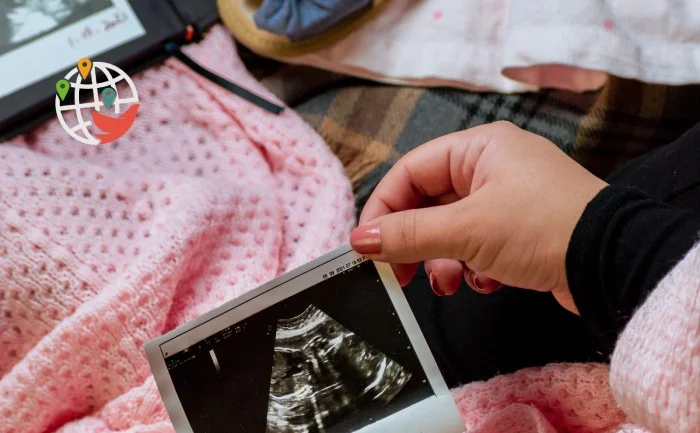Europe's experience should be implemented in Canada

The birth rate in Canada has been declining for several years. To solve this problem, experts suggest using the positive experience of European countries.
Canada realizes the importance of increasing its population not only through migration flows but also through natural increases in the number of inhabitants. To fully understand the picture that is currently unfolding in the country, we can take a look at the statistics for the year 2022.
| Fertility | 420,035 people |
| Mortality | 280,407 people |
| Migration growth | 257,391 people |
| Natural population growth | 139,628 people |
| Men | 19,228,225 (estimated on December 31, 2022) |
| Women | 19,528,177 (estimated on December 31, 2022) |
In the Cardus report, Peter John Mitchell pointed out that most young people between 20 and 34 years old do not have a permanent partner, and they prefer to get married after the age of 35. Statistics show that 20% of the population is legally married. Fifty years ago, men married at 24 and women at 22. Fifteen years ago, the average age of marriage for men was 31 and 30 for women.
European fertility policy includes not only the annual payment of benefits for families with children but also various measures to raise the status, make life easier for young parents, support and create a positive image.
For example, Hungary, Poland, France, Sweden, and Finland are expanding various fertility support programs: cash benefits, expanded rights, and extended parental leave.
Lyman Stone said the Polish 500 program has dramatically increased the birth rate. The program is based on a monthly allowance of $150 CAD for each second and subsequent child until he or she turns 18.
Finland pays almost $500 CAD a month for a child under three years of age after parental leave.
France provides benefits that increase with the number of children. The family allowance after the birth of a second child is paid until the child is 20 years old.
Hungary provides tax benefits. Kindergartens are free, but if one parent stays at home with a child during the first year of life, he or she receives an allowance of 70% of his or her salary.
Canada's policy to encourage women to give birth will focus on the following points:
- creating a positive image of a pregnant woman and the role of a mother. For example, through social advertising to dispel the myth that women want to live without children, terminate pregnancies, and have only one child;
- creating a large number of kindergartens;
- empowerment and opportunities to raise children;
- an increase in monthly benefits for children;
- information policy about the joys of motherhood, income and expenses;
- reducing payments for children in kindergarten;
- expanding the social policy to support young families and children;
- tax cuts for families with children.
You can read about Canadian births, payments, and exams in the article.





























